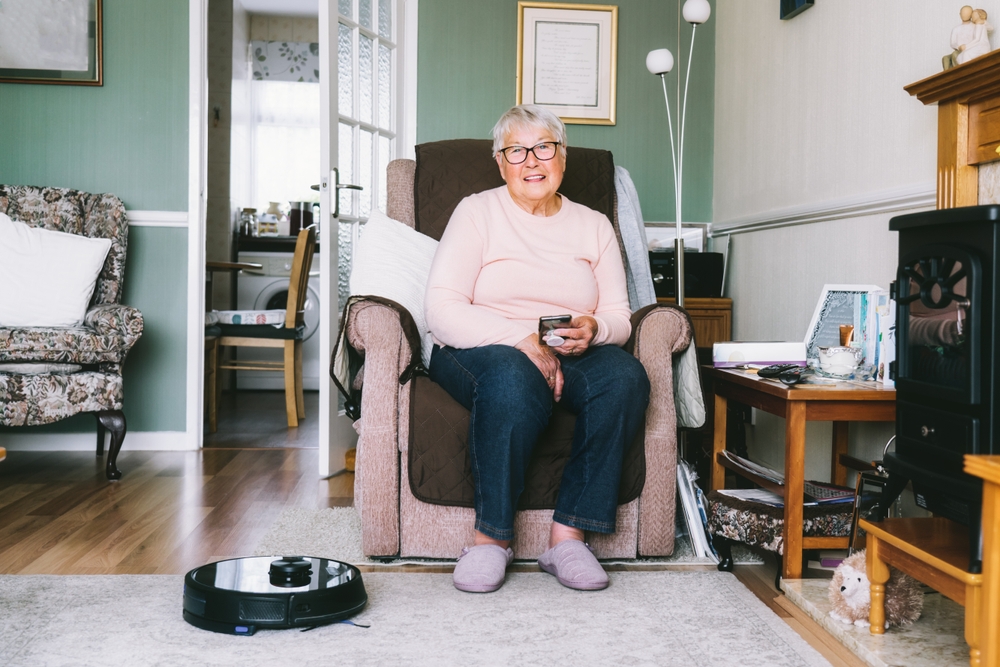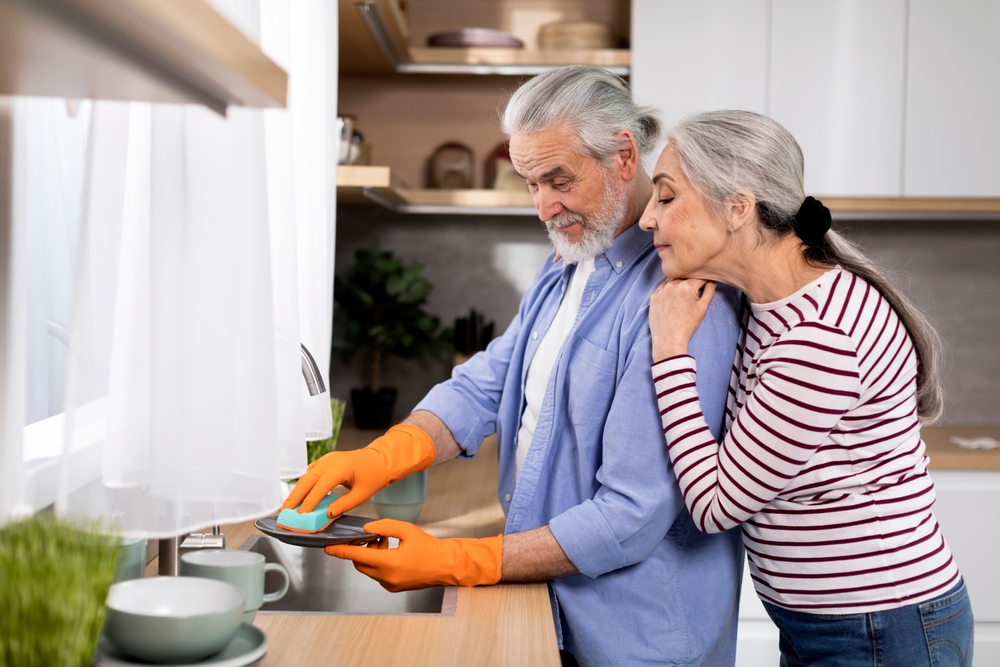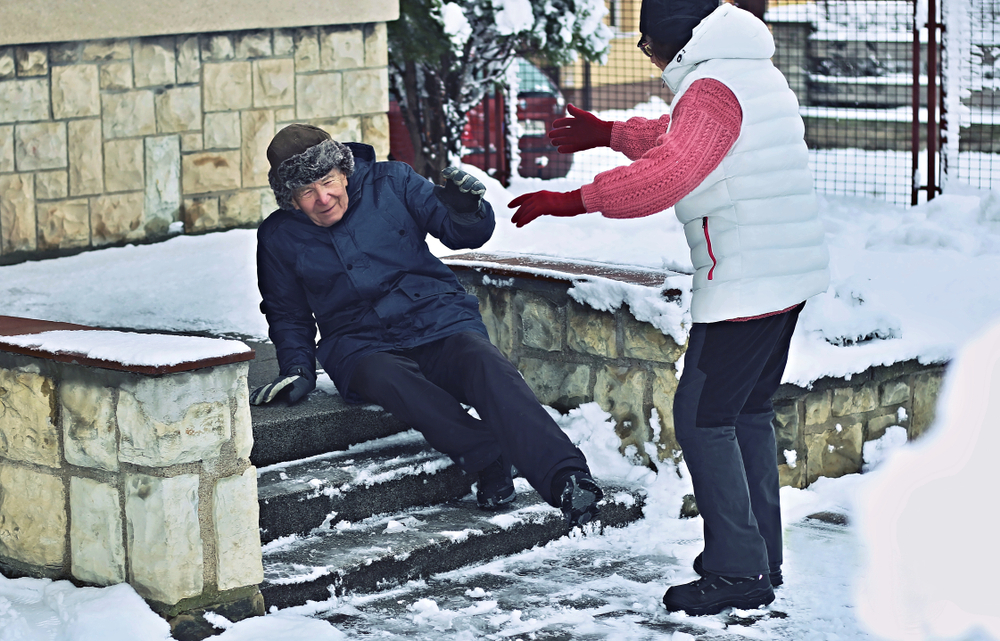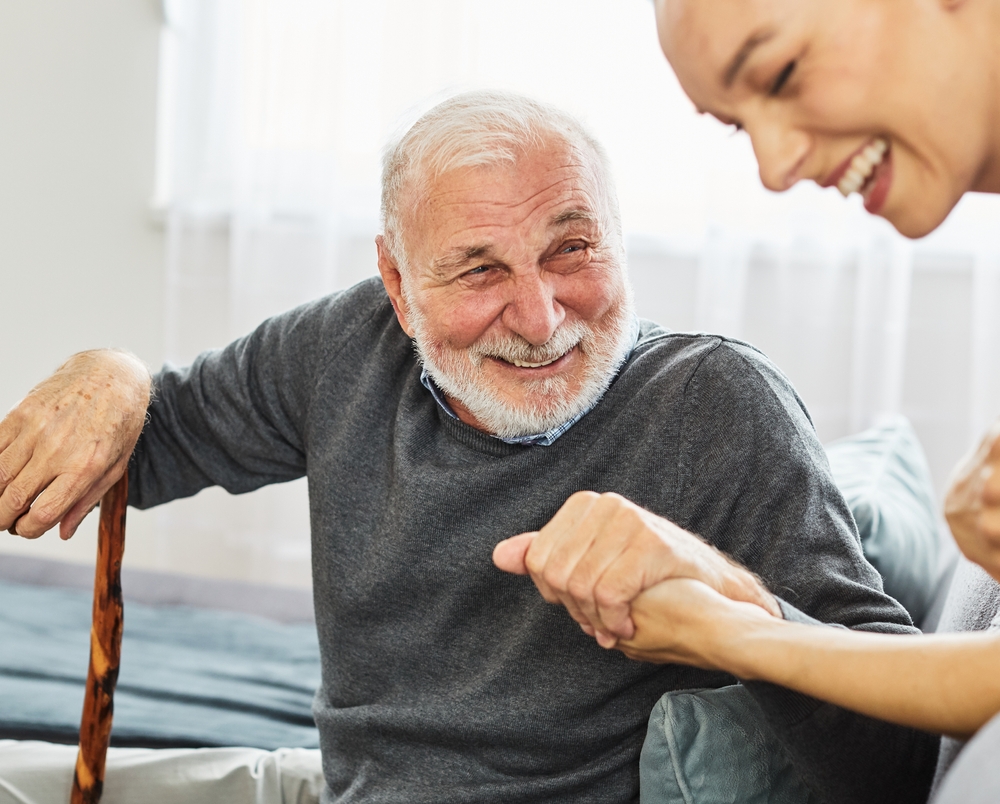Make an Appointment
As we age, it's not uncommon to experience physical and cognitive changes that can impact our ability to live independently. However, with the help of assistive technology devices, elderly individuals can continue to live comfortably and safely in their own homes. Assistive technology devices range from simple aids such as grab bars and pill organizers to more complex devices such as wearable technology and remote monitoring systems. In this article, we will explore the different types of assistive technology devices available for the elderly at home and how they can help support their independence and quality of life.
Table of Contents
I. Examples of Assistive Technology for the Elderly
II. Assistive Technology Devices at Home
III. Examples of Assistive Technology in Dementia
IV. Latest Assistive Technology
V. Wearable Technology for Dementia
VI. Examples of Assistive Technology in Health and Social Care
VII. Physio Inq Services for Assistive Technology Devices at Home
VIII. Funding and Accessibility of Assistive Technology Devices
IX. Conclusion
Examples of Assistive Technology for the Elderly
Assistive technology devices for the elderly come in many different forms, each designed to support specific needs and challenges. These devices can help elderly individuals maintain their independence, improve safety, and enhance their overall quality of life. Some of the most common types of assistive technology devices include:
Mobility Aids: Devices such as walkers, canes, and wheelchairs can help elderly individuals maintain their mobility and independence. These devices can improve stability, balance, and support while walking or standing, reducing the risk of falls and other accidents. In addition to traditional mobility aids, there are also more advanced options such as powered scooters and lift chairs.
Communication Aids: Hearing aids, speech amplifiers, and other devices can help elderly individuals communicate effectively with others. These devices can improve hearing and speech clarity, making it easier to understand and participate in conversations. There are also specialized communication aids for individuals with speech or language disorders, such as communication boards and electronic speech-generating devices.
Vision Aids: Magnifiers, glasses, and other devices can help improve vision and reduce eye strain. Vision aids can enhance visual acuity, contrast, and clarity, making it easier for elderly individuals to read, watch TV, and perform other visual tasks. There are also specialized vision aids for individuals with conditions such as macular degeneration or glaucoma.
Devices for Memory and Cognitive Function: Digital calendars, reminders, and other devices can help elderly individuals stay organized and on top of their daily tasks. These devices can enhance memory and cognitive function, reducing forgetfulness and confusion. There are also specialized devices for individuals with dementia or Alzheimer's disease, such as GPS trackers and monitoring systems.
Home Modifications: Handrails, grab bars, and other modifications can help make the home environment safer and more accessible for elderly individuals. Home modifications can include simple additions such as non-slip mats or more complex changes such as wheelchair ramps or stairlifts. These modifications can reduce the risk of falls and other accidents, allowing elderly individuals to live safely and comfortably at home.
Daily Living Aids: Adaptive utensils, shower chairs, and other devices can help elderly individuals perform daily tasks with greater ease and comfort. These devices can enhance independence and quality of life, allowing individuals to maintain their daily routines and activities. There are also specialized daily living aids for individuals with conditions such as arthritis or Parkinson's disease.
By understanding the different types of assistive technology devices available, elderly individuals and their caregivers can choose devices that meet their specific needs and preferences.
Assistive Technology Devices at Home
Many assistive technology devices are designed to be used in the home environment, where elderly individuals may spend the majority of their time. These devices can help improve safety, accessibility, and convenience, making it easier for elderly individuals to live independently at home. Some examples of home-based assistive technology devices include:
Smart Lighting: Lighting systems that can be controlled by voice, touch, or motion can help elderly individuals navigate their homes safely and efficiently. Smart lighting can be programmed to turn on automatically in certain areas, such as hallways or stairwells, reducing the risk of falls and other accidents. Smart lighting can also be customized to an individual's preferences, such as adjusting brightness levels or color temperatures to suit different activities or times of day.
Reminder Alarms: Timers, alarms, and other devices can help remind elderly individuals to take their medications, attend appointments, and complete other important tasks. Reminder alarms can be set to sound at specific times or intervals, ensuring that elderly individuals stay on track with their daily routines. Some reminder alarms can also be programmed to send notifications to family members or caregivers in case of missed appointments or medications.
Personal Alarms: Panic buttons, wearable alarms, and other devices can help elderly individuals call for help in case of an emergency. Personal alarms can be worn as a pendant, bracelet, or other wearable device, allowing elderly individuals to summon assistance quickly and easily. Some personal alarms also come with built-in GPS tracking, so that family members or caregivers can locate elderly individuals in case of wandering or other safety concerns.
Automatic Pill Dispensers: These devices can help elderly individuals manage their medications by dispensing the correct pills at the right time. Automatic pill dispensers can be programmed to dispense pills at specific times or intervals, reducing the risk of missed doses or incorrect dosages. Some automatic pill dispensers also come with built-in reminders or notifications, ensuring that elderly individuals stay on track with their medication schedules.
By incorporating these and other home-based assistive technology devices, elderly individuals can maintain their independence and stay safe and comfortable in their homes.
Examples of Assistive Technology in Dementia
Assistive technology can be particularly helpful for individuals with dementia, as these devices can help support memory and communication. Some examples of assistive technology devices for individuals with dementia include:
Monitoring and Safety Devices: GPS trackers, fall detectors, and other devices can help caregivers monitor the safety and whereabouts of individuals with dementia. These devices can provide peace of mind for caregivers who may be concerned about their loved one wandering or getting lost. GPS trackers can help locate individuals who may have wandered away, while fall detectors can alert caregivers if their loved one has fallen.
Memory Aids: Reminder systems, digital organizers, and other devices can help individuals with dementia remember important events, appointments, and tasks. These devices can provide visual or auditory cues to help individuals with dementia stay on track with their daily routines. Some memory aids can be programmed with personalized messages or reminders, such as reminders to take medication or to drink water.
Communication Devices: Tablets, video phones, and other devices can help individuals with dementia communicate more effectively with their caregivers and loved ones. These devices can provide a platform for video calls or messaging, allowing individuals with dementia to stay connected with their support network. Communication devices can also provide access to information and entertainment, helping individuals with dementia stay engaged and stimulated.
Wearable Technology: Wearable technology such as smartwatches, fitness trackers, and other devices can help monitor the health and well-being of individuals with dementia. These devices can track vital signs such as heart rate and activity levels, providing insights into overall health and activity levels. Wearable technology can also provide reminders and alerts, such as reminding individuals with dementia to take their medication or to drink water.
By incorporating these and other assistive technology devices, individuals with dementia can maintain their independence and quality of life for as long as possible.
Latest Assistive Technology
As technology continues to advance, new and innovative types of assistive technology devices are emerging. These devices can enhance independence, safety, and quality of life for elderly individuals, as well as make caregiving more efficient and effective. Some of the latest types of assistive technology devices include:
Virtual Assistants: Devices such as Amazon Echo and Google Home can help elderly individuals control their home environment, access information, and communicate with others using voice commands. These devices can provide hands-free access to music, news, weather, and other information, as well as control smart home devices such as lighting and thermostats. Virtual assistants can also be programmed to provide reminders and alerts, such as reminding individuals to take their medication or to attend appointments.
24/7 Monitoring Systems: These systems can help caregivers monitor their loved ones remotely, providing peace of mind and an extra layer of safety. 24/7 monitoring systems can track vital signs, activity levels, and other metrics, providing insights into an individual's overall health and well-being. Some systems can also alert caregivers in case of emergencies or unusual activity, such as wandering or falls.
Smart Home Devices: Devices such as smart thermostats, door locks, and cameras can help elderly individuals control their home environment and stay safe and secure. Smart home devices can be programmed to adjust temperature settings, lock doors, and provide remote access to video feeds, allowing individuals to monitor their homes from anywhere. Some smart home devices can also be customized to an individual's specific needs and preferences, such as adjusting lighting levels or color temperatures for optimal visibility.
By incorporating the latest types of assistive technology devices, elderly individuals and their caregivers can stay up-to-date with the latest innovations in technology and enhance their overall quality of life.
Wearable Technology for Dementia
Wearable technology is becoming increasingly popular for individuals with dementia, as these devices can help track location, monitor vital signs, and detect falls. These devices can provide peace of mind for caregivers, as well as improve safety and quality of life for individuals with dementia. Some examples of wearable technology devices for individuals with dementia include:
GPS Trackers: These devices can help caregivers locate individuals with dementia if they wander away from home. In Australia, one example of a GPS tracker is the WatchOvers Liberty GPS Tracker, which can be worn as a watch or a pendant. This device features GPS location tracking, two-way calling, and an SOS button for emergency situations. Caregivers can program safe zones and geofences, allowing them to receive alerts if their loved one enters or leaves a specific area. The WatchOvers Liberty GPS Tracker is compatible with both Android and iOS devices. With features such as GPS tracking and two-way calling, GPS trackers can provide peace of mind for caregivers and help ensure the safety of individuals with dementia.
Fall Detectors: These devices can help alert caregivers if an individual with dementia falls and needs assistance. Fall detectors can be worn as a pendant or other wearable device, and can detect sudden changes in motion or impact. Some fall detectors can also be programmed to send alerts to caregivers or emergency services in case of a fall. In Australia, one example of a fall detector is the Personal Alarms fall detection alarm. This device can be worn as a pendant or on a belt and features automatic fall detection technology that can detect falls and send an alert to caregivers or emergency services. The fall detector can also be programmed with emergency contacts, ensuring that help is available when needed. With features such as automatic fall detection and emergency contacts, fall detectors can provide peace of mind for caregivers and help ensure the safety of individuals with dementia.
Wearable Monitors: Devices such as the Apple Watch can monitor heart rate, activity levels, and other vital signs, helping caregivers keep tabs on their loved ones' health. Wearable monitors can provide real-time feedback on an individual's activity levels, allowing caregivers to encourage physical activity and identify potential health issues. Some wearable monitors can also provide alerts or notifications, such as reminders to take medication or to drink water.
By incorporating wearable technology devices into their daily routines, individuals with dementia and their caregivers can enhance safety and quality of life.
Examples of Assistive Technology in Health and Social Care
Assistive technology devices are also commonly used in health and social care settings, where they can help support patient care and improve health outcomes. These devices can provide additional support and assistance to patients, as well as improve communication and collaboration among healthcare providers. Some examples of assistive technology devices used in health and social care settings include:
Medication Management Devices: Automatic pill dispensers, digital reminders, and other devices can help patients manage their medications and prevent missed doses. These devices can provide audible or visual reminders to take medications, as well as dispense the correct pills at the right time. Some medication management devices can also be programmed with medication schedules and dosage information, ensuring that patients receive the appropriate medication at the right time.
Communication Devices: Video conferencing systems, remote monitoring systems, and other devices can help patients communicate more effectively with their healthcare providers. These devices can provide real-time video and audio communication, allowing patients to ask questions, receive guidance, and participate in virtual appointments. Communication devices can also improve collaboration among healthcare providers, allowing them to share information and work together to provide optimal patient care.
Remote Monitoring Devices: Wearable monitors, sensors, and other devices can help healthcare providers track patients' health and well-being remotely. These devices can track vital signs, activity levels, and other metrics, providing insights into patients' overall health and allowing for early detection of potential health issues. Remote monitoring devices can also provide alerts and notifications to healthcare providers, allowing them to intervene and provide care as needed.
By incorporating assistive technology devices into health and social care settings, patients can receive additional support and assistance, as well as improved communication and collaboration among healthcare providers.
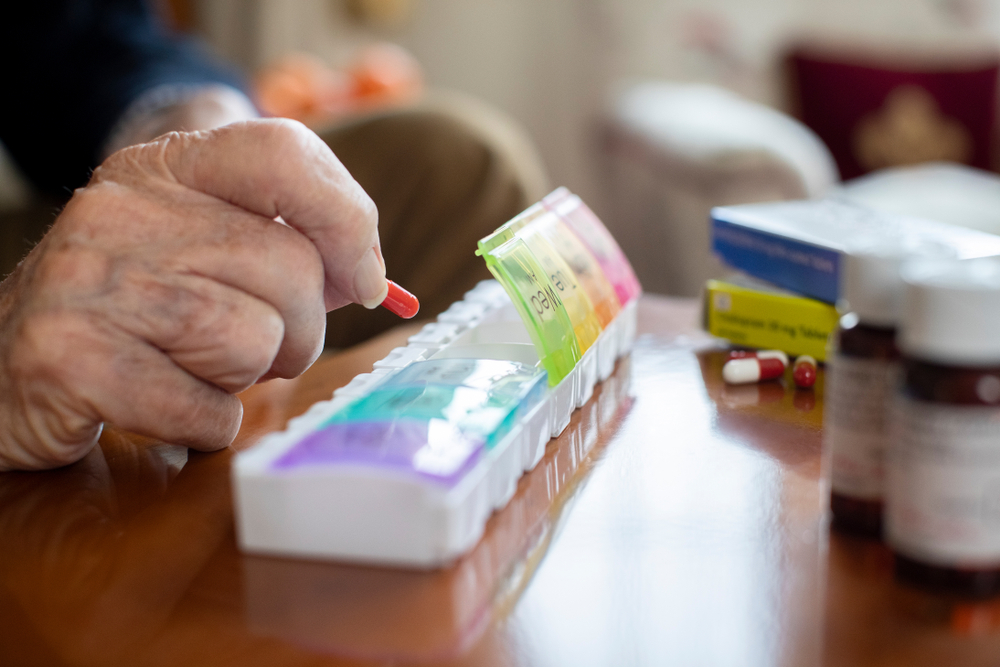
Physio Inq Services for Assistive Technology Devices at Home
Physio Inq offers a range of services that can help elderly individuals and their caregivers choose and use assistive technology devices effectively. As an NDIS and Aged Care provider, Physio Inq can help individuals access the funding and support they need to receive these services. Some of the services offered by Physio Inq for specific types of assistive technology devices include:
Mobility Assessments: Physio Inq's mobile & in-home physiotherapists can provide assessments to evaluate an elderly individual's mobility needs and recommend devices that can help improve their mobility and reduce their risk of falls. This may include prescribing and fitting mobility aids such as walkers, canes, and wheelchairs (in some cases), as well as providing exercises to improve strength, balance, and coordination.
Home Modifications: Physio Inq's occupational therapists can provide assessments to identify home modifications that can make the home environment safer and more accessible for elderly individuals. This may include installing handrails, grab bars, and ramps, as well as modifying furniture and equipment to better suit the individual's needs.
Therapy Plans: Physio Inq's speech pathologists and exercise physiologists can create therapy plans that incorporate assistive technology devices, helping elderly individuals achieve their health and mobility goals. This may include prescribing communication devices such as tablets and video phones for speech pathology, as well as prescribing exercise programs that incorporate wearable monitors and other assistive technology devices for exercise physiology.
By offering these services, Physio Inq can help elderly individuals and their caregivers navigate the complex world of assistive technology devices and ensure that they receive the best possible care and support. Whether it's through physiotherapy, occupational therapy, speech pathology, or exercise physiology, Physio Inq's team of skilled and experienced professionals can provide the guidance and support needed to live a safe, healthy, and independent life.
Funding and Accessibility of Assistive Technology Devices
Assistive technology devices can be expensive, but there are many funding sources and assistance programs available to help elderly individuals and their caregivers access these devices. As an NDIS provider, Physio Inq can help individuals with a disability access the funding and support they need to receive these devices. Some of the most common funding sources and assistance programs include:
Medicare and Medicaid:Medicare and Medicaid are federal programs that provide health insurance to elderly and low-income individuals, respectively. These programs may cover some or all of the cost of assistive technology devices, depending on the individual's needs and eligibility. To determine whether a particular device is covered by Medicare or Medicaid, individuals should consult with their healthcare provider or contact their local Social Security office.
Veterans Administration: The VA provides a range of benefits and services to eligible veterans, including funding for assistive technology devices. Veterans may be eligible for funding if they have a service-connected disability or if their disability is related to their military service. To apply for VA funding for assistive technology devices, veterans should contact their local VA office.
Private Insurance: Some private insurance plans may cover the cost of assistive technology devices, although coverage varies depending on the plan. Individuals should review their insurance policy or contact their insurance provider to determine whether a particular device is covered and what the coverage limits are.
State and Local Programs: Many states and localities offer assistance programs to help elderly individuals and their caregivers access assistive technology devices. These programs may provide funding, loans, or other forms of assistance to help cover the cost of devices. To find out about state and local programs, individuals can contact their state or local Area Agency on Aging.
Non-Profit Organisations: There are many non-profit organizations that provide funding and support for assistive technology devices. Some of these organizations focus on specific types of devices or conditions, while others offer more general support. To find a non-profit organization that provides funding for a particular type of assistive technology device, individuals can search online or contact their healthcare provider or local support group.
National Disability Insurance Scheme (NDIS): The NDIS is an Australian government program that provides funding and support to eligible individuals with a disability. This includes funding for assistive technology devices and other supports that can help improve an individual's quality of life and independence. To apply for NDIS funding for assistive technology devices, individuals should contact their local NDIS office.
By exploring these funding sources and assistance programs, elderly individuals and their caregivers can access the assistive technology devices they need to maintain their independence, improve their quality of life, and stay safe and healthy at home.
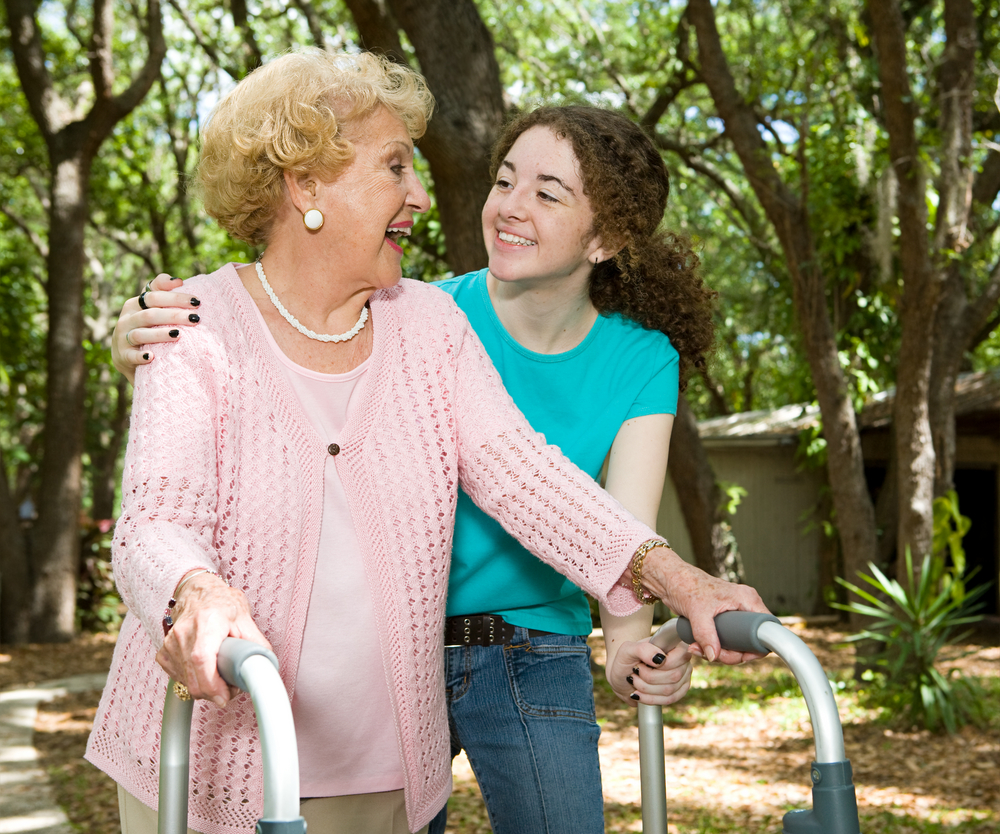
Conclusion
By incorporating various types of technology, such as mobility aids, communication aids, and home modifications, physiotherapists, occupational therapists, speech pathologists & exercise physiologists can improve the safety, accessibility, and effectiveness of their services.
At Physio Inq, we offer a range of services that incorporate assistive technologies to support the health and wellness of our elderly patients. Whether it's through exercise prescription, falls prevention, home modifications, pain management, or other services, we're committed to helping our patients lead healthier, happier lives. Contact us to learn more about how our personalized approach to care can help you or a loved one thrive in their golden year
Date Published: Tuesday, March 21, 2023
Locate a Occupational Therapy
Service Near me
Get the experience & convinence you deserve to support your or a loved one's allied health needs.
Our Occupational Therapy team are currently serving & taking appointments in the following states and regions in Australia:
Need to get into direct contact with ur Client Services team? We're all ears. Call our team directly on 1300 731 733
